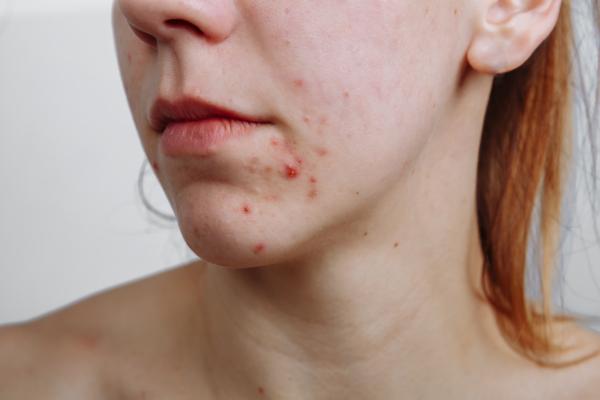Currently, many people use salicylic acid to prevent or eliminate certain skin problems. This colorless solid is present in many medications that do not require an express medical prescription and is also used to make lotions or creams that are used to treat certain skin problems, such as acne. In addition, in ancient times they already realized that salicylic acid was capable of reducing fever, and then it was always extracted directly from the bark of the white willow tree, which is why this substance is present in different medicines with analgesic and antipyretic properties, like aspirin. Today its use has spread and is used in the field of agriculture, cosmetics and many more.

What is salicylic acid and what are its properties
Salicylic acid is a substance that belongs to the group of analgesic, anti-inflammatory and antipyretic agents that also has antimicrobial and keratolytic properties . This substance is a colorless solid obtained from willow bark. Some pain relievers that we usually take when we need to relieve pain contain salicylic acid, such as aspirin, which is made of acetylsalicylic acid, which comes from salicylic acid . Thus, this compound is frequently used to maintain health in various aspects, since it provides great benefits, especially for the skin.
What is salicylic acid for – benefits
Salicylic acid has various uses, although the most frequent and well-known is its topical application. Here are the uses and benefits of salicylic acid :
- Relieves skin diseases: it is a good option when it comes to treating diseases, such as dandruff or rosacea that cause dry skin or its flaking.
- It is a powerful exfoliant: this contributes to removing stains from your face and optimal exfoliation, thanks to its keratolytic properties, which causes the upper layer of cells to soften and fall off.
- Helps fight acne: it is a good remedy to get rid of acne because it reduces excess sebum, is antibacterial and opens clogged pores and consequently dries pimples. It also reduces redness and swelling of the skin. Thus, with this product and others with suitable properties, you can prepare an exfoliant that will help you reduce this skin problem. In this other post we explain how to make acne scrubs .
- Reduces dandruff: as we mentioned before, salicylic acid is capable of reducing flaky skin and therefore ending dandruff that appears in your hair. Many dandruff shampoos have this ingredient. For this reason, some people also use products that contain this acid to eliminate this problem from the scalp. Here you can consult How to remove dandruff with aspirin .
- Eliminates skin imperfections: due to its keratolytic action, it manages to eliminate flat warts and reduce calluses.
- Prevents oral infections: it is a powerful antiseptic, so it is used not only for the skin, but also to make a mouthwash and prevent the appearance of diseases and inflammation of the gums.
- Avoid bites , mainly from mosquitoes, and eliminate the inflammation of these if they occur.
In addition, as a curious fact, it is also used in agriculture to increase the defense of plants against possible health problems, such as pests.
How to use salicylic acid
There are many ways to use salicylic acid. However, the most frequent use of salicylic acid, apart from including it in medications, is to apply it topically , on the skin or scalp, in the form of a shampoo, wipe, cream, gel, lotion or patch. With any of these formats, follow these tips to use salicylic acid on the skin and thus achieve correct use, avoiding possible side effects:
- If you want to use salicylic acid, it is important that you consult your doctor and follow their instructions, as well as those on the product packaging.
- It is recommended to use this product once or several times a day, depending on the problem to be treated and the goals you want to achieve with its application.
- To know if salicylic acid produces any type of reaction, it is best to apply a little of it to your skin and wait a few hours to see the reaction of your skin and, thus, be able to prevent possible problems. You can start with a low dose and increase it to reach the goal without the treatment being aggressive for the skin.
Salicylic acid: contraindications and side effects
To finish, we want to indicate the contraindications and possible side effects of using salicylic acid.
Contraindications of salicylic acid
There are few situations in which this product is really contraindicated:
- If you are pregnant or breastfeeding, refrain from taking any treatment that contains this ingredient.
- Avoid direct sun exposure after applying this product.
Salicylic Acid Side Effects
Although its advantages are diverse, salicylic acid can cause the appearance of various side effects, such as:
- Irritated skin.
- Dry Skin.
- Itching in the area where it is applied.
- When ingesting it in any way, dizziness, headaches, tiredness and disorientation may appear.
Remember that it is very important that a doctor tells you whether or not it is convenient for you to use this acid in your specific case and how it is best to apply it.





